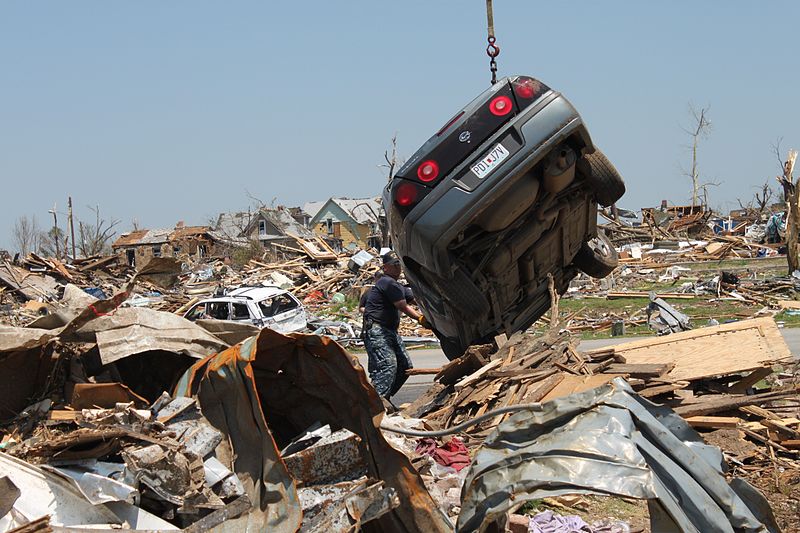Analysis: Global Military Spending Soars Amidst European Security Concerns

Table of Contents
The Ukraine Conflict as a Catalyst for Increased Military Spending
The Russian invasion of Ukraine acted as a profound catalyst, accelerating a pre-existing trend of rising military spending globally. The conflict dramatically altered the perception of threat among many nations, prompting significant increases in defense budgets and defense procurement.
Impact on NATO Members
Following Russia's aggression, NATO members experienced a substantial increase in their defense budgets. This reflects a renewed commitment to collective security and a recognition of the evolving threat environment.
- The United States: Increased spending on military aid to Ukraine and bolstering its own defense capabilities.
- United Kingdom: Significant investment in new fighter jets, upgrading its nuclear arsenal, and increasing military personnel.
- Germany: A dramatic shift in defense policy, committing to exceeding the 2% GDP target for military spending and investing heavily in new equipment.
The scale of this increase is staggering. For example, Germany's planned increase in defense spending represents a historic shift in its post-war security policy. NATO members collectively are investing billions in new fighter jets, advanced missile defense systems, and armored vehicles, directly spurred by the events in Ukraine. These procurements aim to modernize existing capabilities and address perceived vulnerabilities exposed by the conflict.
Increased Spending by Non-NATO European Countries
The Ukraine conflict also impacted non-NATO European countries. Previously maintaining smaller militaries, nations like Sweden and Finland have dramatically increased their defense budgets in response to perceived threats.
- Sweden and Finland: Both countries, now NATO members, have embarked on significant military expansions, including increases in military personnel, modernization of equipment, and the adoption of new defense strategies. This reflects a shift from a long-standing policy of neutrality to a proactive approach to national security.
- Other Neutral Countries: The conflict has prompted other previously neutral European nations to re-evaluate their security postures and consider increases in military spending.
These increases demonstrate a broader recognition of the need for robust national defense capabilities even for countries traditionally committed to non-military approaches to security.
Geopolitical Tensions and the Rise of Great Power Competition
Beyond the immediate impact of the Ukraine conflict, broader geopolitical tensions are fueling the global rise in military spending. The intensifying competition between major global powers is a key driver.
The US-China Rivalry
The growing rivalry between the United States and China is contributing to a global arms race, with both nations investing heavily in military modernization and technological advancements.
- Increased Investment in Advanced Weaponry: Both countries are engaged in a technological competition, focusing on developing advanced weaponry, including hypersonic missiles, artificial intelligence-driven systems, and cyber warfare capabilities.
- Military Modernization: Significant investments are being made in modernizing existing military forces and expanding their reach and capabilities.
This competition extends beyond direct military spending, impacting research and development in critical defense technologies, further increasing the overall global military expenditure. The data clearly shows significant increases in both US and Chinese military spending in recent years.
Regional Conflicts and Instability
Conflicts in regions beyond Europe, such as the Middle East and South Asia, continue to contribute to the overall increase in global military spending. These conflicts often involve regional powers and external actors, leading to sustained military engagements and significant expenditures.
- Middle East: Ongoing conflicts and regional rivalries have led to substantial military spending by several nations in the region.
- South Asia: Tensions between India and Pakistan, and other regional conflicts, have resulted in consistent increases in military expenditure in this region.
The impact of these regional conflicts is often felt globally, further driving the overall increase in global military spending.
Economic Factors and Military Spending
Economic factors play a crucial role in shaping a nation's capacity and willingness to invest in its military.
The Relationship Between GDP and Military Expenditure
There's a clear correlation between a nation's GDP and its ability to fund military spending. Countries with higher GDPs generally have larger military budgets. However, this is not always a direct proportional relationship. Strategic priorities and perceived threats can significantly influence defense spending, even among countries with similar economic capabilities.
- High-GDP Countries: The US, China, and several European nations allocate significant portions of their GDP to military expenditure.
- Lower-GDP Countries: Many developing countries allocate a smaller percentage of their GDP to defense, despite potential security concerns.
This relationship, however, is complex and influenced by various factors including economic stability and political priorities.
Impact of Inflation and Economic Uncertainty
Global inflation and economic uncertainty pose significant challenges to countries attempting to balance economic needs with military requirements. Rising inflation and economic downturns can constrain government budgets, limiting the ability to increase military spending.
- Budgetary Constraints: Governments often face difficult choices, needing to balance increased defense spending with other pressing economic and social needs.
- Resource Allocation: Economic instability can necessitate careful resource allocation, potentially leading to trade-offs between military investments and other vital public services.
The interplay between economic conditions and military spending is a critical factor shaping global defense budgets.
Conclusion: A Deeper Dive into Global Military Spending Trends
This analysis highlights the complex interplay of geopolitical tensions, regional conflicts, and economic factors driving the surge in global military spending. The Ukraine conflict served as a significant catalyst, prompting increased defense budgets among NATO members and other European countries. The rise of great power competition, particularly between the US and China, is exacerbating the trend, fueling an arms race and driving investment in advanced weaponry. Economic factors, while influencing the scale of spending, cannot fully explain the dramatic increase in global military expenditure. Understanding the dynamics of global military spending is crucial to analyzing global security and predicting future trends. The ongoing geopolitical instability suggests that the upward trend in global military spending is likely to continue.
To further explore this critical subject, delve into reports and analysis from reputable think tanks and research institutions. Understanding the complexities of global military spending is crucial for informed discussions about international security and resource allocation. Continued research into global military spending and its implications is essential for a comprehensive understanding of the changing global landscape.

Featured Posts
-
 Cavs Week 16 Analysis Impact Of The Trade And Rest
Apr 30, 2025
Cavs Week 16 Analysis Impact Of The Trade And Rest
Apr 30, 2025 -
 Remont Na Trakiyskite Khramove Initsiativa Ot Kmeta Na Khisarya
Apr 30, 2025
Remont Na Trakiyskite Khramove Initsiativa Ot Kmeta Na Khisarya
Apr 30, 2025 -
 Beyonce En Jay Z Namen Geschrapt Uit Aanklacht Tegen Diddy
Apr 30, 2025
Beyonce En Jay Z Namen Geschrapt Uit Aanklacht Tegen Diddy
Apr 30, 2025 -
 Alaska Cruises 2026 Disney Deploys Two Ships
Apr 30, 2025
Alaska Cruises 2026 Disney Deploys Two Ships
Apr 30, 2025 -
 Document Amf Ubisoft Cp 2025 E1027692 Decryptage Et Analyse
Apr 30, 2025
Document Amf Ubisoft Cp 2025 E1027692 Decryptage Et Analyse
Apr 30, 2025
Latest Posts
-
 Noa Argamani Rescued Hostage Among Times 100 Most Influential
Apr 30, 2025
Noa Argamani Rescued Hostage Among Times 100 Most Influential
Apr 30, 2025 -
 2025 Begins With Unprecedented Disaster For Louisville Snow Tornadoes And Flooding
Apr 30, 2025
2025 Begins With Unprecedented Disaster For Louisville Snow Tornadoes And Flooding
Apr 30, 2025 -
 Louisville Faces Triple Threat Snowstorm Tornadoes And Record Flooding In Early 2025
Apr 30, 2025
Louisville Faces Triple Threat Snowstorm Tornadoes And Record Flooding In Early 2025
Apr 30, 2025 -
 Severe Flooding Cancels Thunder Over Louisville Fireworks Official Statement
Apr 30, 2025
Severe Flooding Cancels Thunder Over Louisville Fireworks Official Statement
Apr 30, 2025 -
 State Of Emergency In Louisville Following Devastating Tornado Widespread Flooding Predicted
Apr 30, 2025
State Of Emergency In Louisville Following Devastating Tornado Widespread Flooding Predicted
Apr 30, 2025
